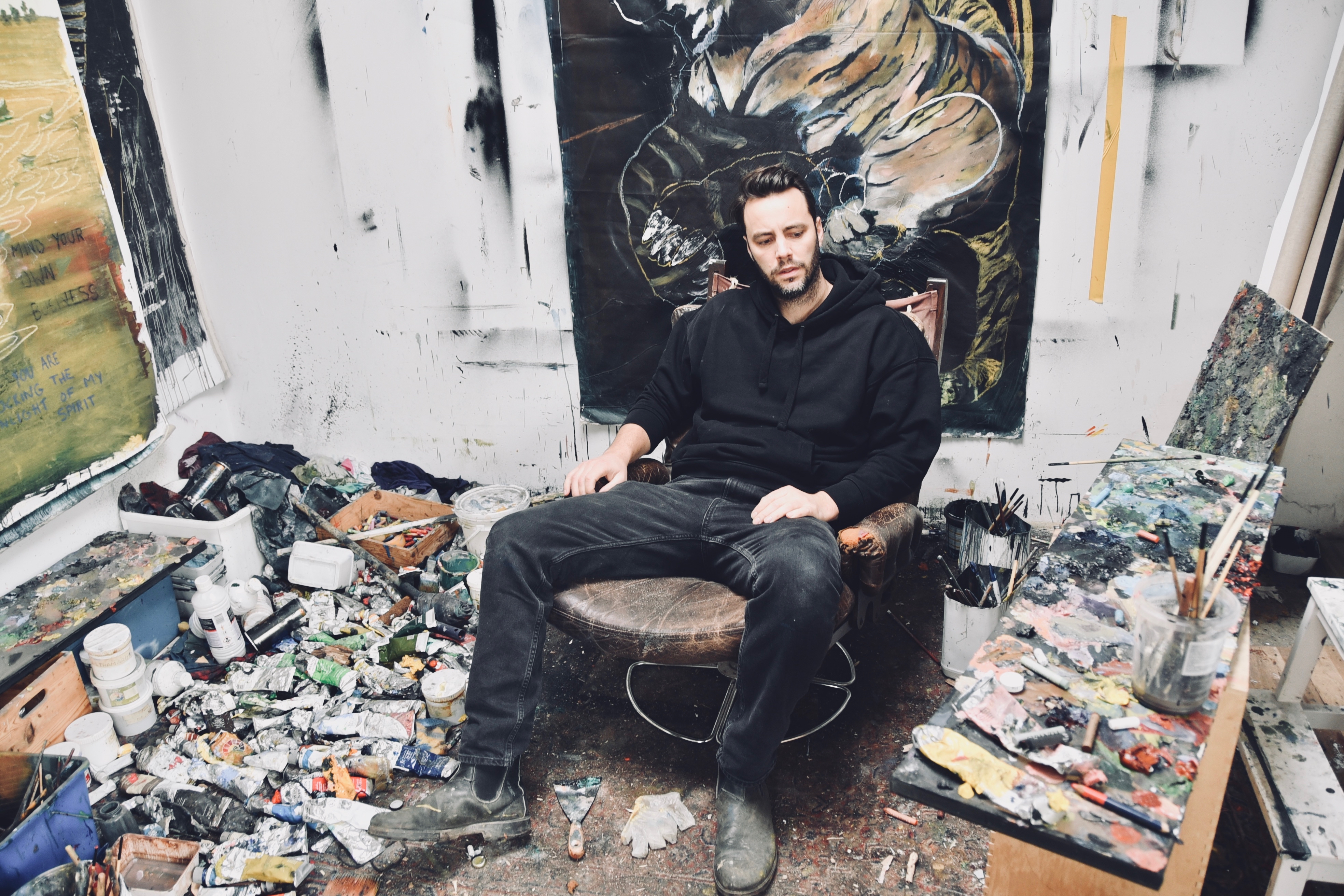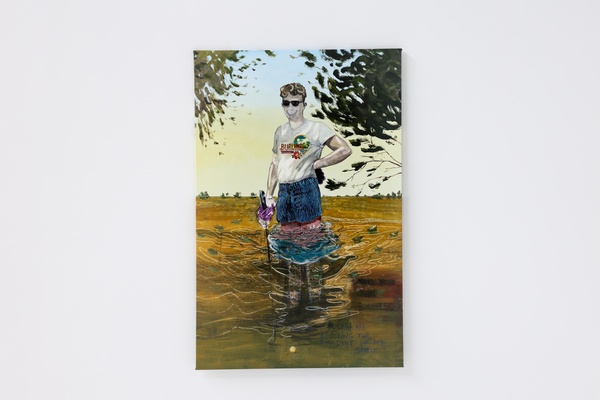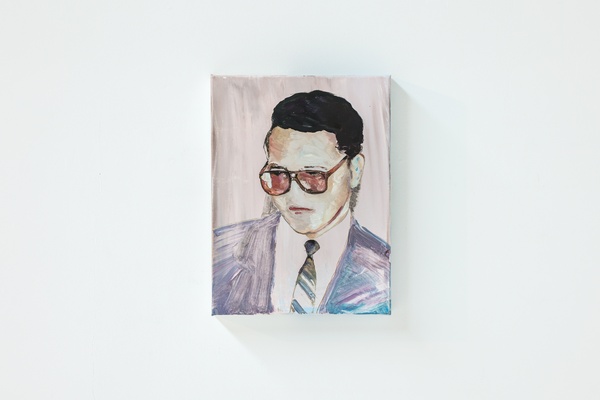
Bram
Kinsbergen
As a painter, Kinsbergen work is a deliberately processual manner: with a few exploratory, well-thought-out strokes the
image of an abandoned room or a lonely swimming pool appears on the canvas. With a few well-placed contours, a car
appears that has become stuck in the snow or seems to be slowly sinking through the horizon. Kinsbergen makes all
corrections to the canvas itself; the exploratory character of his work is reinforced by this technique.
But the brief contours and spacious surfaces through which Kinsbergen evokes a rich emotional world are always on
the edge of the figurative. What becomes a strikingly figurative scene with just a few fine brushstrokes, always remains
in close contact with the materiality of paint and the flatness of the canvas. Every suggestion of spatial depth, every rich
emotional world that we see emerging on closer inspection stands on the abyss of the abstract. In Kinsberg’s paintings
a world emerges that we, as viewers, effortlessly construct with our eyes; but our eyes need to do the work and they
need to accept the abstract abyss of the unknown is always looming at the horizon. If we keep looking, we discover that
the world can be very fragile. In a blink of an eye the tennis court disappears into the abstract gray and black surfaces
that dominate the canvas.




